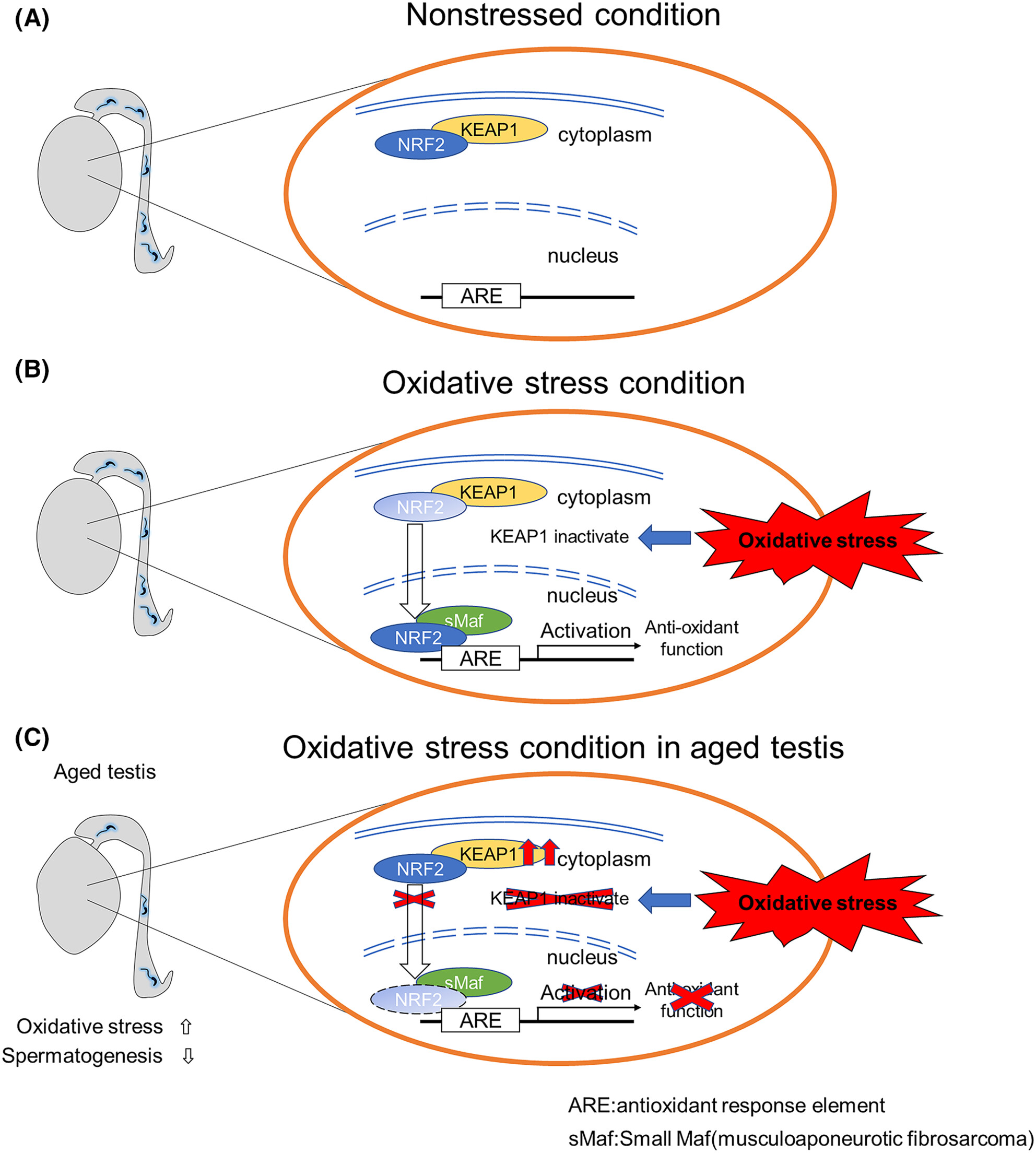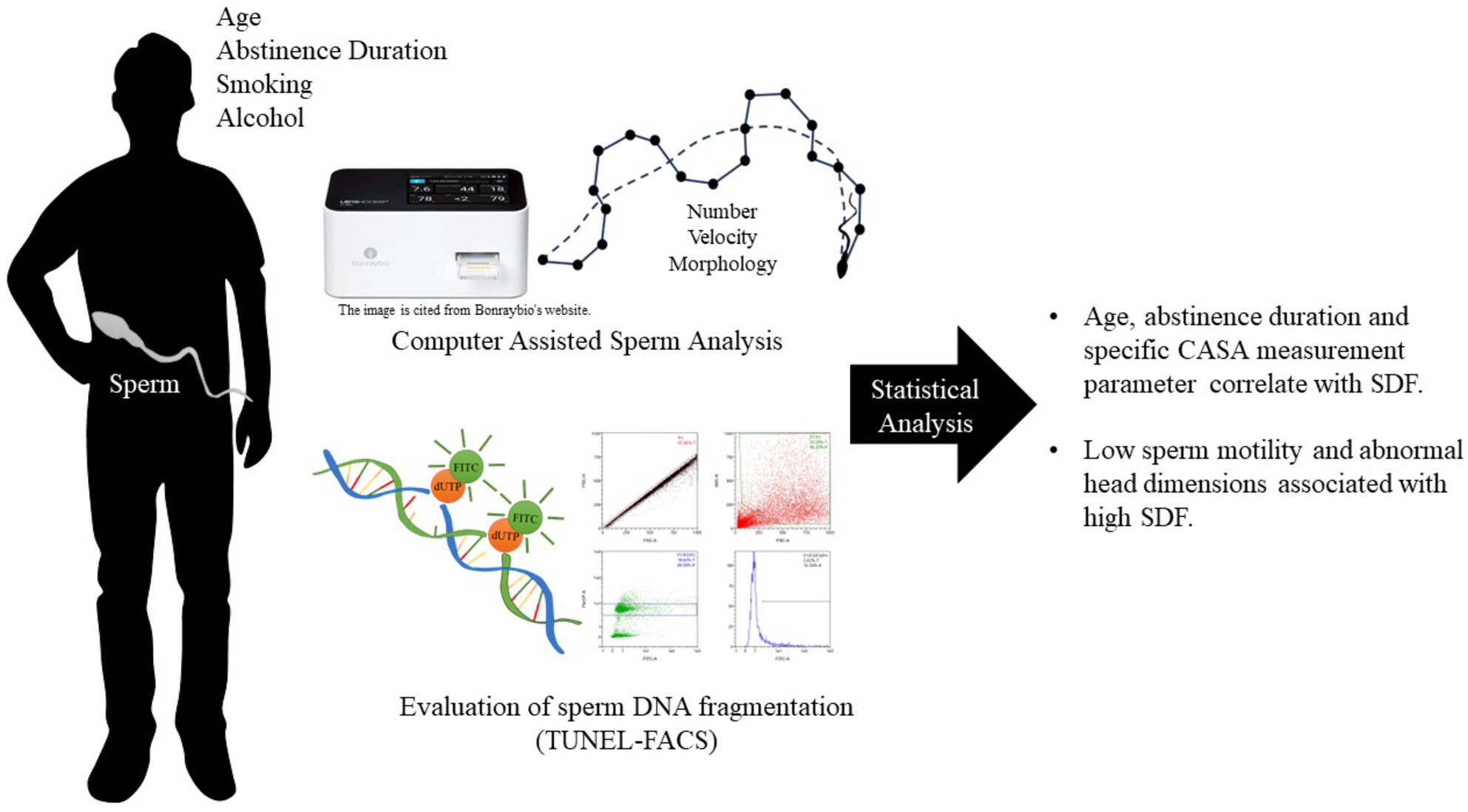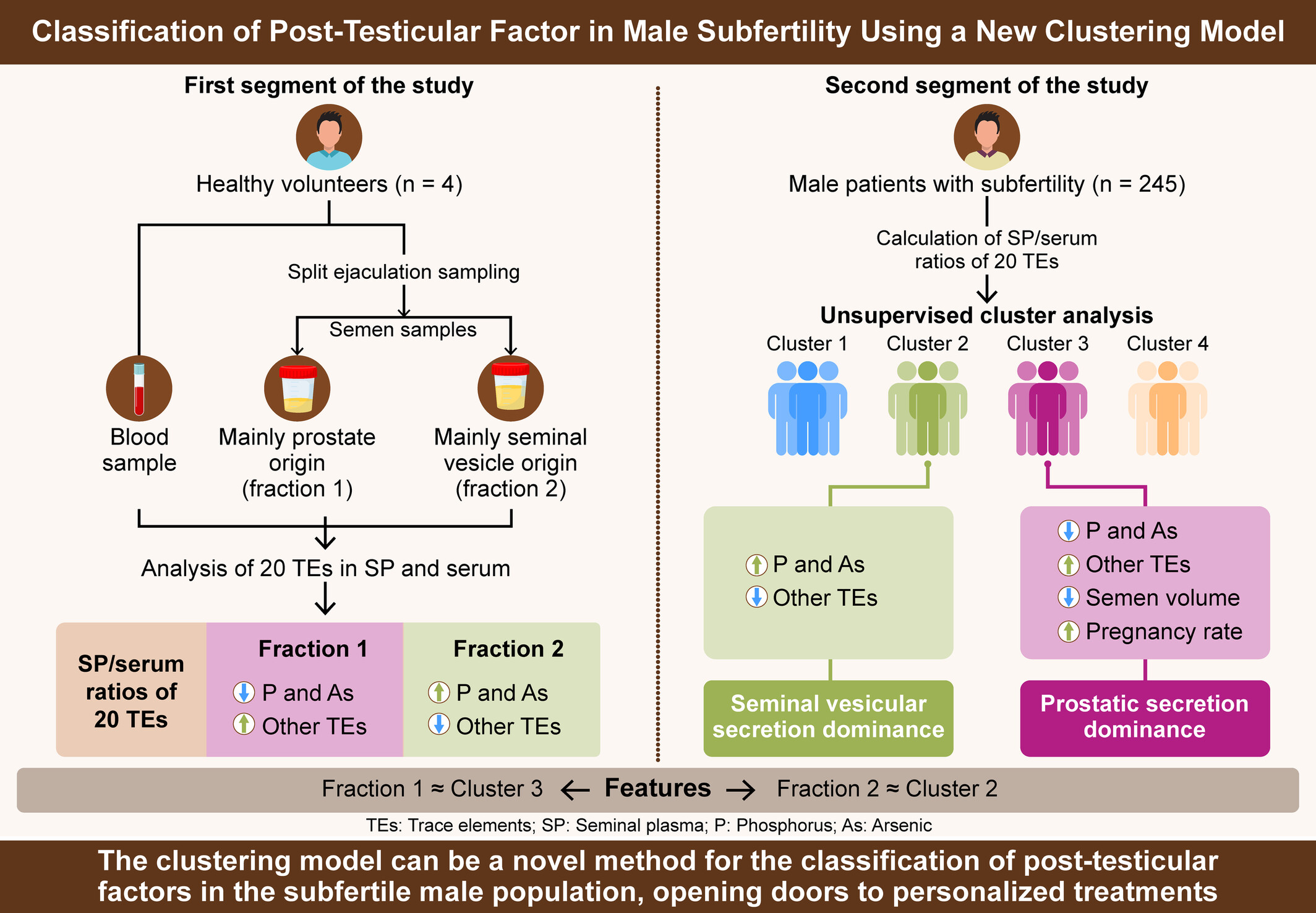Journal list menu
Export Citations
Download PDFs
Table of Contents
Compound heterozygous KCTD19 variants in a man with isolated nonobstructive azoospermia
- First Published: 24 September 2024
Exploring edible bird nest's potential in mitigating Wi-Fi's impact on male reproductive health
- First Published: 11 September 2024
Very severe oligozoospermia with AZFc microdeletion patients may affect intracytoplasmic sperm injection clinical outcomes: A propensity score matching analysis
- First Published: 09 July 2024
We investigated the outcomes of ICSI treatment for those with AZFc deletions by using propensity score matching. Our results showed that in the subgroup of those with extremely low concentrations of spermatozoa, AZFc deletions not only decreased the fertilization rate and high-quality embryo rate but also the clinical pregnancy rate and live birth rate.
Role of varicocele repair in the era of assisted reproductive technologies: Lessons from 2000 cases of microsurgical varicocele repair
- First Published: 27 June 2024
KEAP1–NRF2 system regulates age-related spermatogenesis dysfunction
- First Published: 24 June 2024

Spermatogenesis has recently been reported to decrease with age; however, the mechanisms underlying this change have not yet been elucidated. We focused on the KEAP1–NRF2 system, an oxidative stress response system. We revealed that the KEAP1–NRF2 system is associated with age-related spermatogenesis dysfunction.
Age, sexual abstinence duration, sperm morphology, and motility are predictors of sperm DNA fragmentation
- First Published: 28 May 2024

This study investigates the relationship between sperm DNA fragmentation (SDF) and conventional sperm parameters using computer-assisted sperm analysis (CASA) in a bid to enhance fertility treatment strategies. Findings indicate significant correlations between SDF and factors such as sperm motility and head morphology, underscoring their predictive value for assessing male fertility and improving assisted reproductive technology outcomes.
A new clustering model based on the seminal plasma/serum ratios of multiple trace element concentrations in male patients with subfertility
- First Published: 28 May 2024
Relation between semen oxidative reduction potential in initial semen examination and IVF outcomes
- First Published: 28 January 2023




